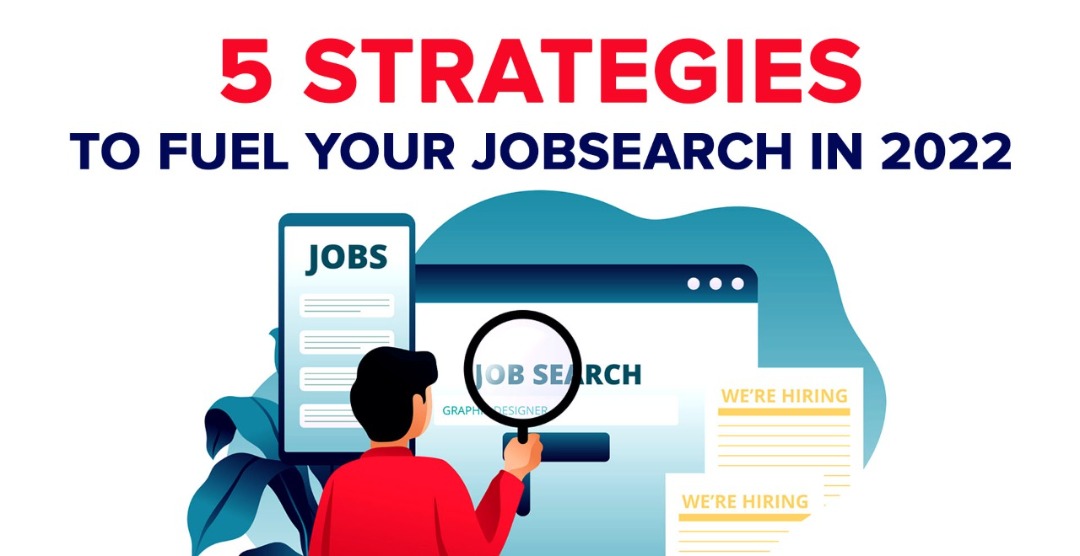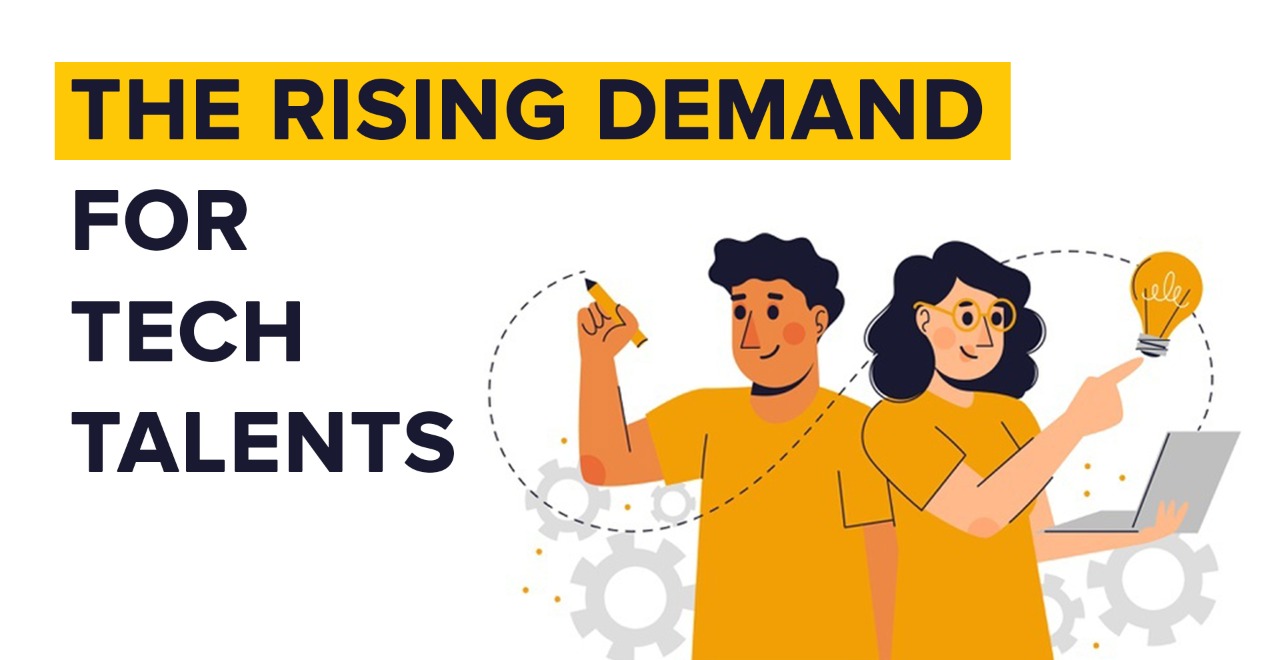One of the main challenges companies face is their hiring infrastructure or lack thereof. More layers in the process can also be a hindrance, as it takes time and delays the process more. In turn, this strikes as a red flag for potential candidates because no one wants to get trapped for months in a system without guaranteeing that the position is secured. It is important to stress that talent management is separate from human resources. Some companies have both these departments as separate entities. So what sets corporate talent management apart from HR? Human resources’ generalised function is to manage “humans” from hiring to retaining them, all within the corporation. It involves all the administrative nitty-gritty of managing pay structures and benefits, maintaining people culture in the workplace, leave approvals and many more which places conflict over the priority to oversee the talents in the workforce. Talent management is one step higher, whereby “talents” are identified, developed, and retained to support organisational goals.
Corporate talent management (CTM) is a systematic approach to ensure that top-performing employees are constantly coached and prepped to give their best performance consistently. The process requires expertise from ‘talent management consultants’ expertise to ensure organisations effectively address and achieve their business goals. As a result, this catapults business performance in the long run. There has always been a mystique surrounding companies that operate effectively, albeit being a startup or multinational corporations. However, with an effective CTM practice to nurture existing and new talents, organisational growth is scalable regardless of the company’s strength.
CTM ensures the workforce's productivity with the integrated principles in the approach. When you manage the talent by focusing on their skills, abilities, competence, competencies and potential, you create an incubator for employee engagement. An engaged workforce leads to a productive workforce. Establishing and sustaining the highest productivity level implies many things, including creating and maintaining a talent culture. An engaged workforce also means enhanced job satisfaction. By weaving policies and culture that reflect sentiments and transparency, companies assure their force that their talents are valued, nurtured, and appreciated.
One of the integral parts of talent management is talent development. This is where upskilling and reskilling approaches take place. IR 4.0 has no place for redundancies, and corporations are heavily investing to maximise skills development initiatives to develop new talents and tap into new territories with fresh talents. Developing talent does not only mean developing employees' technical and functional skills; it also includes developing the behavioural abilities of employees, including those of the leaders. Simplifyed.io is one of the players in the industry that provide companies with this solution. With custom solutions and tools, Simplifyed has a demonstrated reputation for guiding companies to adopt the right technology in respective areas to maximise growth potential.
Competency-mapping model is a new and cool component in talent development. Through this model, you can take stock of skill inventories within your organisation to ascertain a specific skill set for a particular job role. Ultimately, this ensures the right person is deployed in the right position, which enhances productivity and engagement. However, this is only the case for some individuals in the force. With proper CTM practices in place, calls for investment towards learning and training of the individual aimed at growth, succession planning, and performance management can be facilitated seamlessly without additional costs. Moreover, CTM practices also model as an employee dashboard system for the company to garner insight into the development needs, career aspirations, strengths, weaknesses, and more to enable and enrich the development system.
A company's success is determined by the recruitment plan based on your business strategy & vision. However, as mentioned above, most issues arise when startup companies begin scaling up and haphazard recruitment practices. Corporate talent management is a vital practice for businesses today, but it barely scratched the surface of what is yet to come. In our second part, we will learn how CTM operates and what processes are there to solidify its reputation as a core practice.




